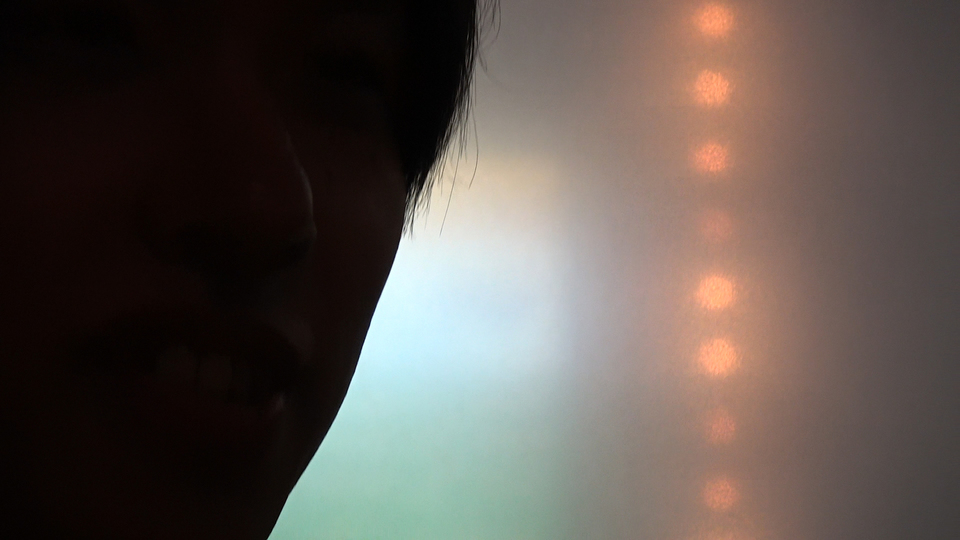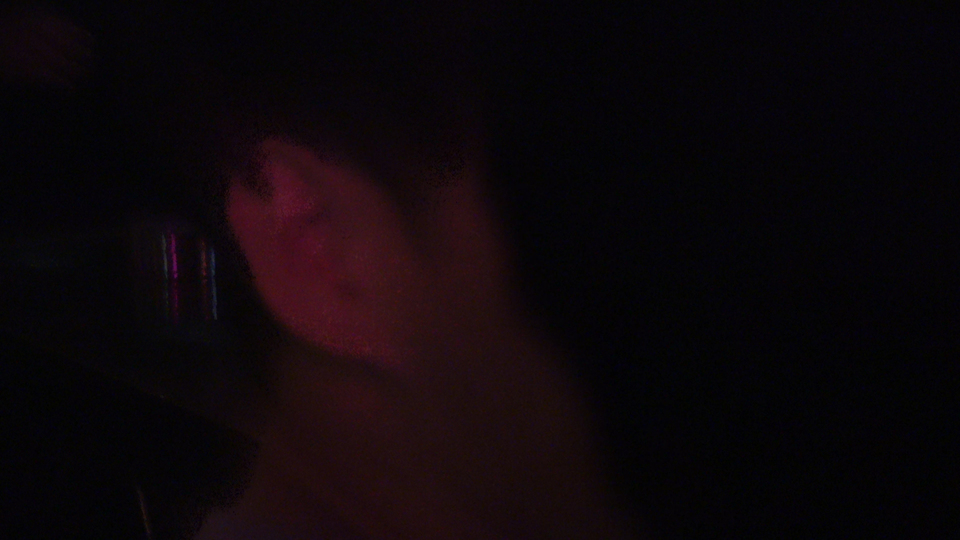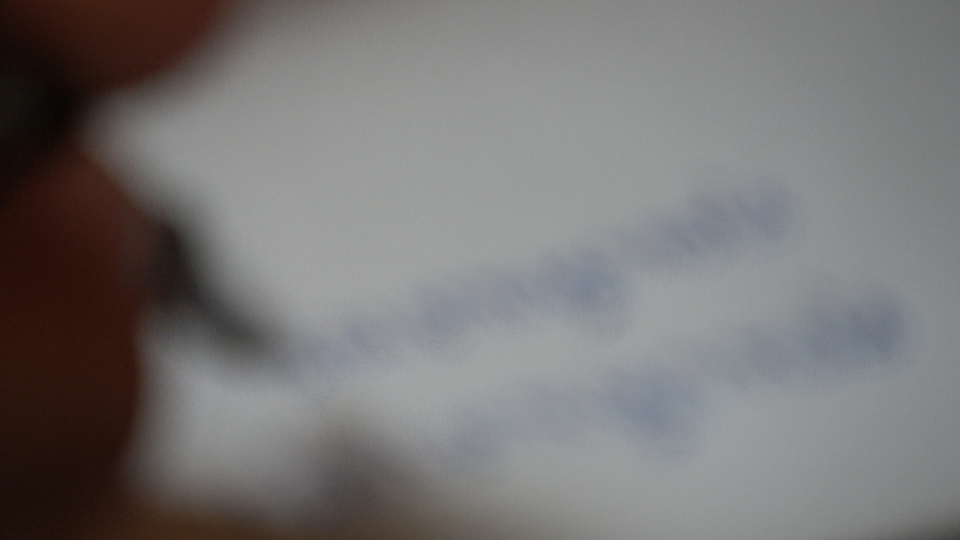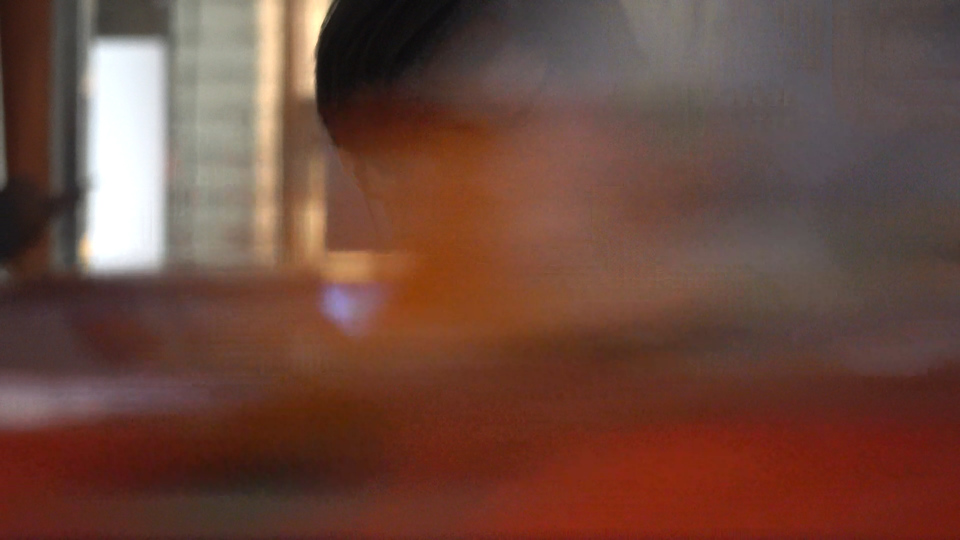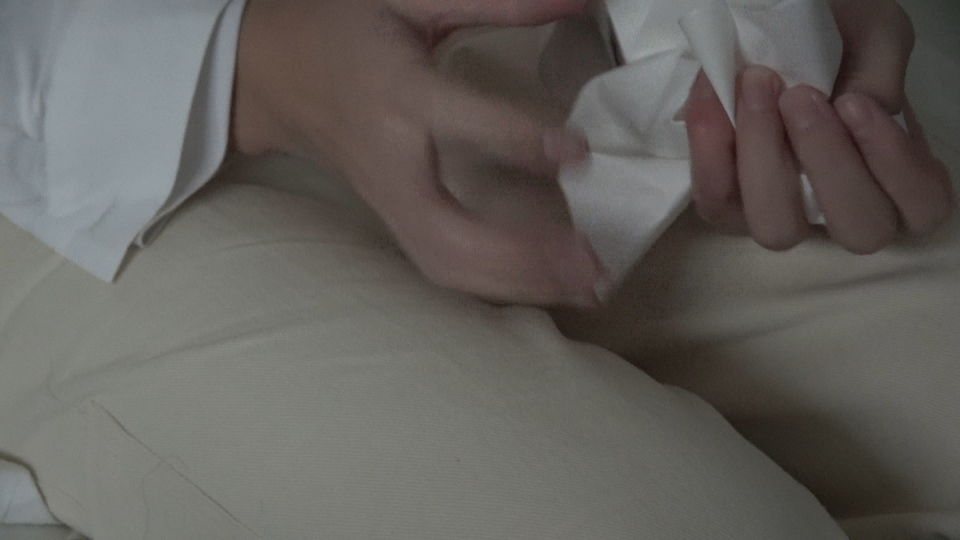Exhibitions
Shibboleth—I peep the ocean through a hole of the torn cardigan
Eiki Mori
2020-06-24 until 2020-08-02
EXTENDED! Through August 2
Eiki Mori Shibboleth—I peep the ocean through a hole of the torn cardigan
June 24 (Wed) - August 2 (Sun), 2020 ※2 weeks extended
- KEN NAKAHASHI (5F, No.2 Shinjuku Bldg., 3-1-32, Shinjuku, Shinjuku-ku, Tokyo JAPAN)
- Please make an advance reservation: Submit a reservation request
- Hours: Wed・Thu・Fri 11:00 - 19:00、Sat・Sun 11:00 - 17:00
- Closed: Mon・Tue
KEN NAKAHASHI is pleased to present Shibboleth—I peep the ocean through a hole of the torn cardigan, a solo exhibition by Eiki Mori, to be held from June 24 (Wed) until July 19 (Sun), 2020.
This is the third solo exhibition by Mori at KEN NAKAHASHI. His first sound installation will be shown. A horn speaker, used to send small sounds far away, will emit whispers of various voices that read Mori’s poems in multiple languages. In the galley space, these voices shall sound nostalgic but at the same time be felt as if they are heard for the first-time, coming from somewhere around the globe.
Statement by Eiki Mori
Mot de passe―Shibboleth
From the exhibition title - the word ‘Shibboleth’, what would you imagine?
The 15 shibboleths written down for this installation do not really stand for symbolic things or events. They are more of subtle emotions and feelings, or day-to-day sight of daily experience that pass by so easily, that haven’t even been verbalized yet.
I asked 25 friends with totally different backgrounds—ages, language, nationality, religious beliefs and sexualities— to choose their favorite phrase to recite.
Though the words emanated are unreliable and vulnerable for its unfamiliar language, they are also fresh and straightforward, like the babbling of a baby.
All that could be done was to read each word with your heart, under the anxiety of not knowing how your imitation of the language and its pronunciation will be taken, or how much it would make sense. Their voices were recorded in such situations.
A secret word that consists of two verses with different depths of depiction, that comes back and forth in the flow of time throughout a day, or throughout a lifetime. By being uttered by an individual, and being responded like a self-interaction, the verses distinctly emerge with the existence of another time axis, the vividness of memory and emotion, the elaborateness, the ambiguity, and its voice…
And we find the presence of the many voices residing within us —the voices in the distant past, today and future that were swallowed before being uttered, the voices barely emitted but drowned out regardless, the voices of the cries let out with its prayers, and the voices gently cast on our loved ones.
Through the secret words, the various voices and languages are improvisationally traced, repeated and overlapped, and while its presence are emphasized, they quietly subside within the horizon of ‘sounds’.
Each of them resonate, sometimes repelling each other, but gradually connects in solidarity.
As words become voices, and then to sounds, its abstraction and anonymity is enhanced, but through accumulation and sharing rises an ‘intimate sound / open shibboleth’.
I would like you to experience the 'sound' that echoes through the space and your body, as if it is whispered into your ears, or called from the distant to you.
Eiki Mori
June, 2020
In conjunction with the exhibition, KEN NAKAHASHI will publish Mori’s first photo essay Letter to My Son, including the 25 short Japanese-English essays serialized in Shukan Dokushojin, still pictures from Mori’s video work of the same title and an unpublished poem.
Mori is especially known for his photography on the subject of diversity including sexual minorities, but in recent years has developed a wide variety of methods such as video, performance, writing and poetry.
In recent performances he has tried exploring the boundaries between oneself and others, and engaging in physical dialogues, by reading poems mixed with his own experiences or memories and by performing with others. These practices could perhaps be explained as an attempt to open small disappearing voices to the public—kept as small as they are—to visualize the intimacy taking place.
Mori has held two solo exhibitions at KEN NAKAHASHI, and has also been actively participating in exhibitions at museums and art festivals, deriving various opinions on the environment surrounding gender topics and sexual minorities. From December 2018 to January 2019, Mori participated in Things So Faint But Real—Contemporary Japanese Photography Vol. 15, held at Tokyo Photographic Art Museum. In 2017 and 2018, Mori played a performance for Festival / Tokyo.
Through these books, exhibitions and poetry reading performances, he has posed questions regarding the diversity of LGBT and others derived from personal experiences into the public, participating himself in what might be overlooked in society. Mori’s practices are starting to have a widespread impact both in Japan and abroad.
Mori has published four photobooks. In 2014, Mori received the most prestigious Kimura Ihei Award for intimacy.
Letter to My Son will be the first photo essay for Eiki Mori as author, and KEN NAKAHASHI as publisher. The essay by Mori of the same title serialized from July 2018 to January 2019 in the book review magazine Shukan Dokushojin, is a story of a poet and an artist who appear in New York before 9.11 and Tokyo today, depicting semi-autobiographical encounters and partings. The book will include 25 short Japanese-English texts, still pictures from Mori’s video work of the same title, an unpublished poem.
For its publication, we will bring a crowdfunding campaign from March 28 (Sat) until April 24 (Fri) at a crowdfunding platform Motion Gallery. We would like to thank you all who supported our publication.
Message from Eiki Mori
This essay may be semi-autobiographical, but I believe it’s at the same time a universal story about irreplaceable encounters, unavoidable breakups, friendship and affection beyond time and space.
Though the scope of what I can imagine may be limited, yet today, in the past and in the future, right next to or far away from us, there must really be a lot of voices swallowed before being uttered, voices spoken with great effort or struggle but wiped out regardless. It may well be our own voices we cannot deliver.
In this story, there are actual poets and artists, existing names of shops and places, but the names of the protagonists are not written.
I strongly hope that you, and many others, will find the voices that you’ve swallowed, the cries of prayers and the tones gently cast on your loved ones, among the nameless voices in this book.
I hope that this book and this voice will reach many of you!
Eiki Mori
March 19, 2020
Eiki Mori was born 1976 in Ishikawa prefecture. Graduated from The Photography Dept., Parsons The New School for Design in 2001. In 2014, he released intimacy, for which he received the most prestigious Kimura Ihei Award.
Some recent solo exhibitions are Family Regained (2017) and Letter to My Son (2018) at KEN NAKAHASHI, and group exhibition Things So Faint But Real -Contemporary Japanese Photography vol.15- (2018-2019) at Tokyo Photographic Art Museum.
Mori’s works are part of public collections, including SUNPRIDE FOUNDATION and Tokyo Photographic Art Museum, and have been collected by many individual collectors both in Japan and abroad.
Video: Installation View
Recorded: June 18th, 2020
Recorded: June 28th, 2020
Recorded: July 5th, 2020
Recorded: July 31st, 2020
【Excerpt】
Translation: Kenichi Nakahashi, Tomoya Kato
Update: September 17th, 2021
The PDF of the archive booklet "KEN NAKAHASHI No.1" created for Eiki Mori's two Shibboleth exhibitions can be viewed from the Dropbox below.
https://www.dropbox.com/s/qdseaiyfg28z9ng/KN1_book20_1109_web%E7%94%A8.pdf?dl=0
